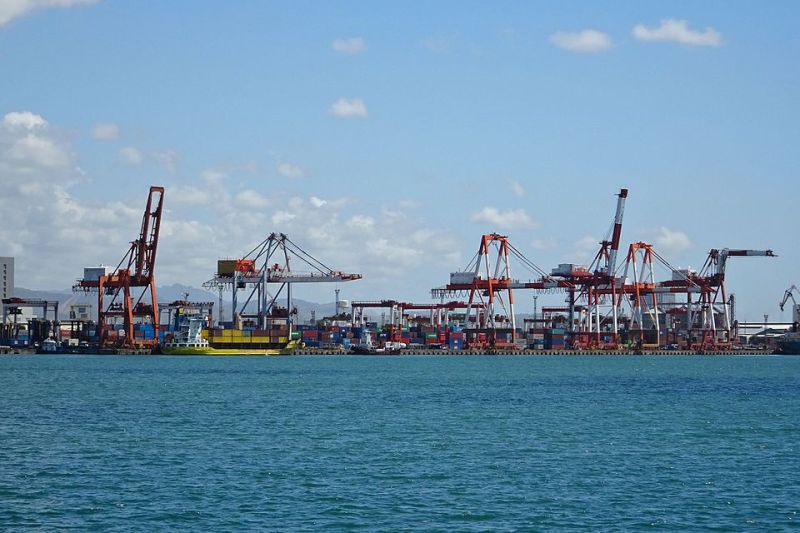Tariff Shock: What the New U.S. Duties Mean for Philippine Exports

This file is licensed under the Creative Commons Attribution-Share Alike 4.0 International license.
By Annette Pelkmans_Balaoing
UP Center for Integrative and Development Studies (UP CIDS)
A major shift in U.S. trade policy is threatening to wipe out over 2 billion dollars’ worth of Philippine exports. In August 2025, the United States began enforcing a flat 19 percent tariff on many Philippine goods. This move followed a bilateral agreement between Presidents Trump and Marcos and forms part of a broader American strategy to reassert control over trade flows, especially in sectors tied to national security.
The impact could be severe. Based on 2024 figures, the Philippines exported 14.6 billion dollars’ worth of goods to the U.S. This is expected to fall to around 11.5 billion dollars in 2025, a projected trade loss of 2.2 billion dollars. These estimates are based on a simulation by the author, using official trade and tariff data, and are fully detailed in a forthcoming policy brief by the UP Center for Integrative and Development Studies.
Garments, tobacco, and footwear are among the most heavily affected sectors, with producers facing higher costs and tougher competition. About 31 percent of total exports to the U.S. are now subject to the full 19 percent tariff. These include men’s cotton trousers, leather shoes, knitted shirts, unprocessed tobacco, and cigarettes. These are highly competitive global markets where buyers are quick to shift to cheaper suppliers. Even a modest price increase from tariffs can lead to lost orders and lost jobs.
Not all sectors are affected. Electronics, machinery, fuels, and chemicals, products that make up a large share of Philippine exports, have been exempted. These exemptions, confirmed in the official annex to the U.S. executive order, help shield some of the country’s most strategic industries. Without them, the export loss would have been far greater.
Still, the shock is real and will require a deliberate policy response. Affected industries may need support, whether through export financing, workforce reskilling, or assistance in shifting to alternative markets. The Tatak Pinoy Strategy offers a useful framework. Government procurement can be used to build domestic demand for high-value goods such as electronics components, medical devices, and industrial machinery. Strengthening local supply chains can help reduce dependence on volatile export markets.
The Philippines should also work more closely with regional partners that are facing similar pressures. Countries like Vietnam, Indonesia, and Thailand have also been hit by U.S. tariff actions. Joint responses, whether in trade negotiations or regional production planning, can help level the playing field and preserve policy space for developing countries.
Finally, diplomatic engagement with the United States must continue. There may still be room for negotiation, whether to secure exemptions for additional product lines or to build new investment-based trade arrangements. At the same time, the urgency of export diversification has never been clearer. The Philippines must expand its presence in other regions, ASEAN, the European Union, and emerging markets, to reduce its exposure to future shocks.
The new U.S. tariffs pose a clear and immediate challenge to Philippine exporters. But this is also a moment to take stock and respond with focus, supporting firms and workers under pressure, using domestic tools like government procurement to strengthen strategic industries, and working with regional partners to protect our long-term trade interests. How the Philippines navigates this shift will shape not just export performance in the short term, but also the country’s broader position in a changing global economy.
This commentary is based on ongoing policy simulations by the author. Full results will be available in the forthcoming UP CIDS Policy Brief, “Reassessing U.S.–Philippine Trade in an Era of Bilateralism.”